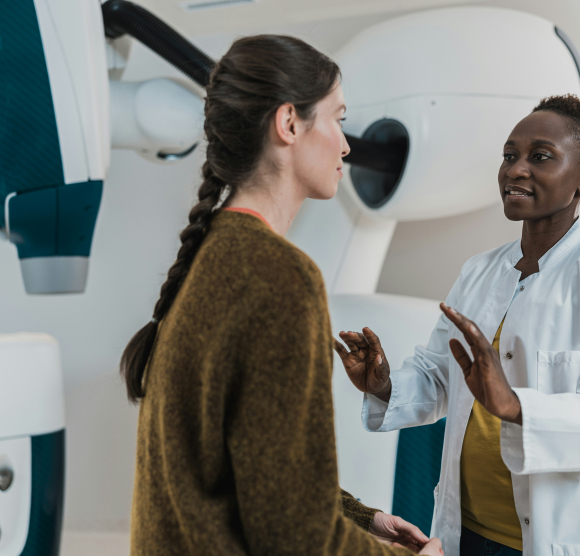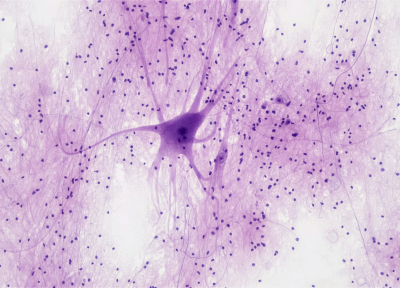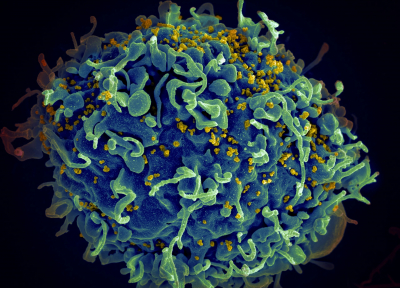Autoimmune Disorders
The immune system is great at defending us from pathogens, but sometimes, it makes mistakes and attacks our own cells, this is called autoimmunity. There are many different autoimmune disorders that cause many different symptoms, but what they have in common is that the immune system is accidentally attacking cells in your body when it shouldn’t be.

What are Autoimmune Disorders
Autoimmune disorders, sometimes called autoimmune diseases, are health conditions that happen when your immune system attacks your body instead of defending it.
Causes of Autoimmunity
Researchers are still trying to understand what exactly causes autoimmune disorders, but it seems they are influenced by a combination of genetics, environment, and/or previous infections.
Treatments and Therapies for Autoimmune Disorders
Scientists are making important strides in understanding and treating autoimmune disorders, however each disorder is different. Learn more about research is changing our understanding of autoimmune disorders.
Type 1 Diabetes
Type I Diabetes is an autoimmune disorder that affects insulin producing cells in the pancreas.
Latest News


